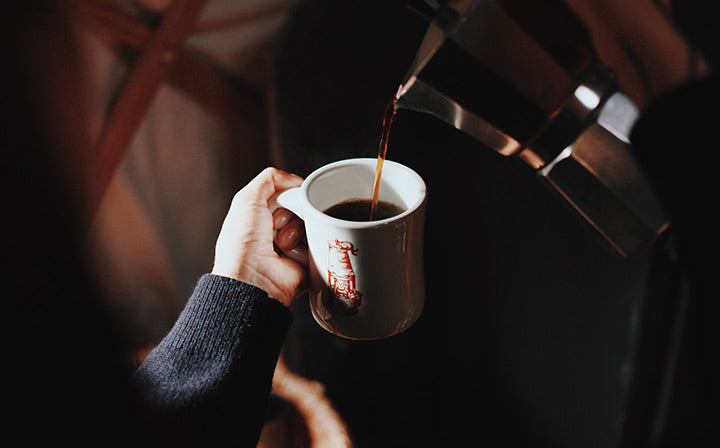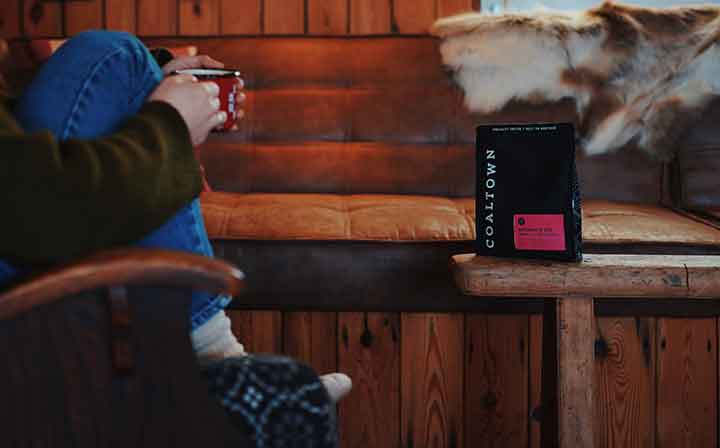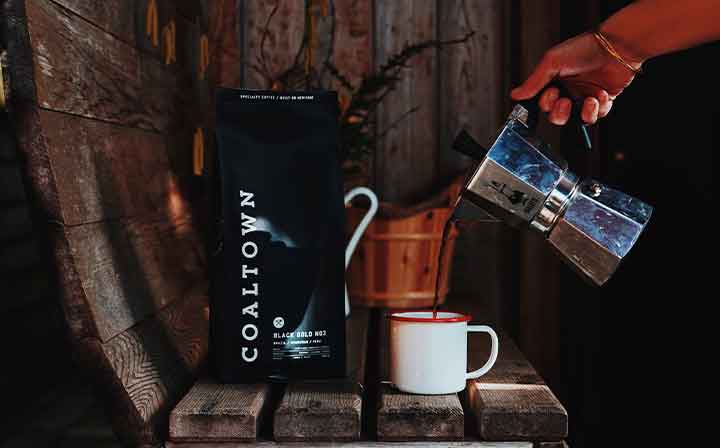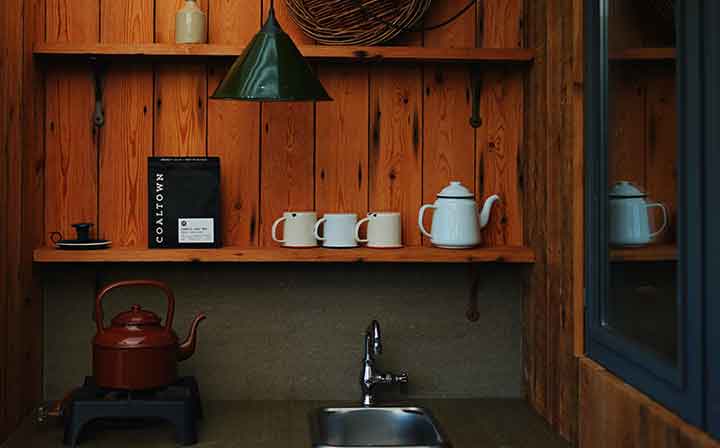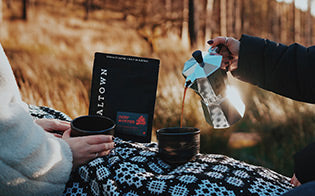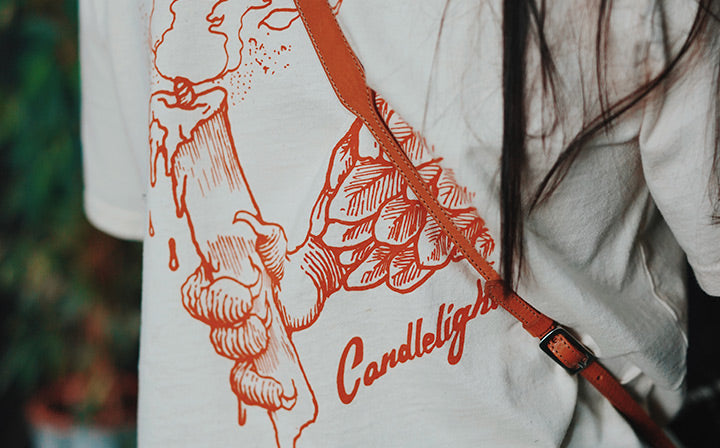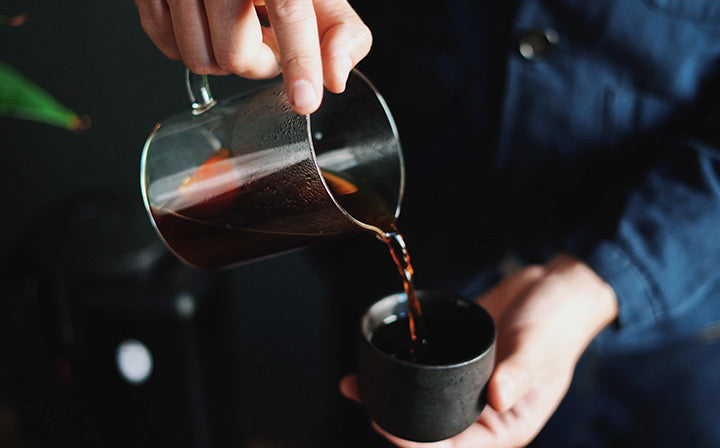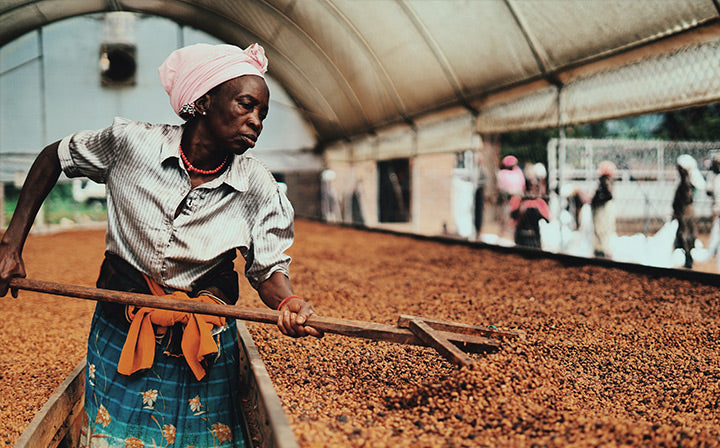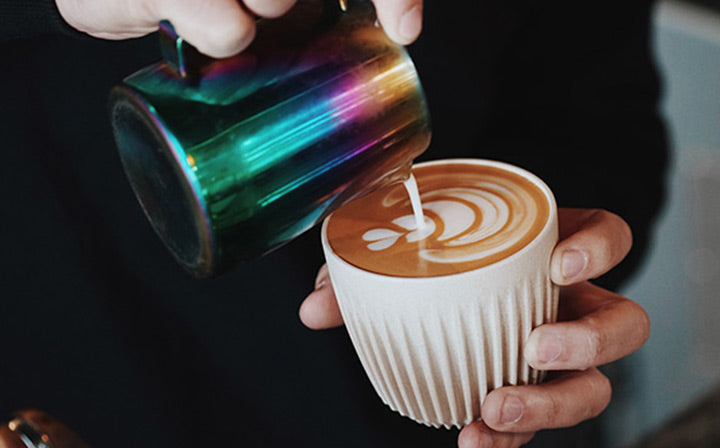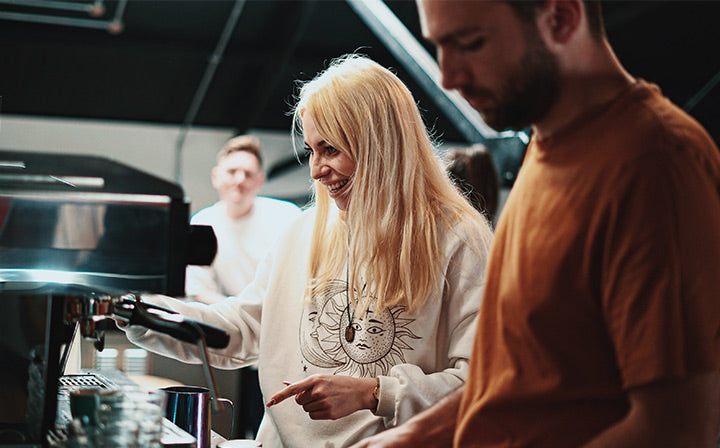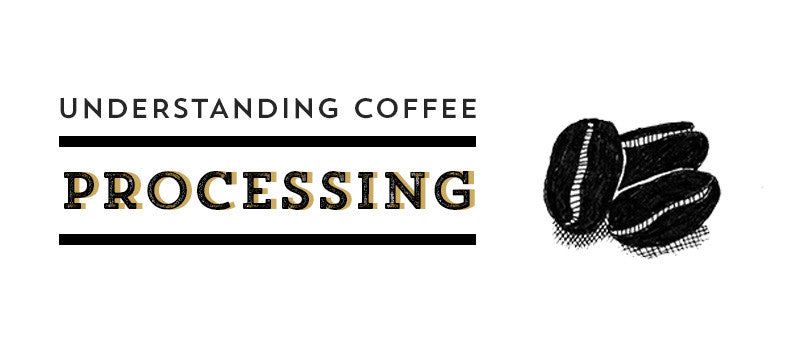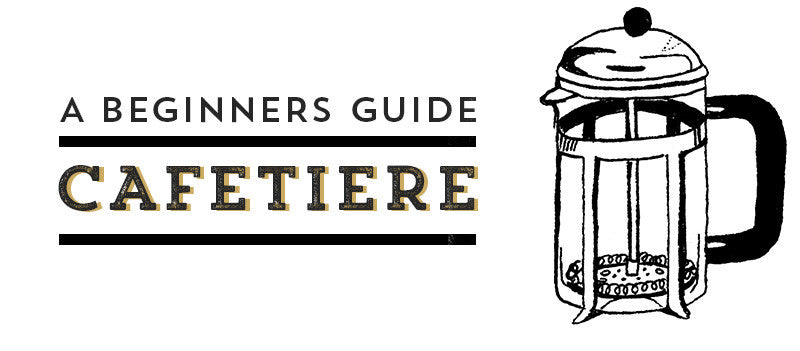
Getting the most out of your cafetiere...
 By Ffion Davies.
By Ffion Davies.
The cafetiere has been one of the most widely-used home brewing methods since it was modified and gained traction in the French coffee market in the late twenties. Its popularity is just as unparalleled today, and is largely due to the simplicity of its classic design and function.
The French press has for a long time given coffee enthusiasts the opportunity to produce a greater volume of coffee without compromising on the wonderful, full-bodied taste that the coffee market often demands. With little investment, you can easily achieve a brew with a deliciously rich mouthfeel and texture. It is therefore the perfect brew method if you're pushed for time or are catering to a larger group of people. It will enable you to produce a quick brew that's likely to please a lot of palates.
It is possible to brew lightly-roasted coffee using this method, but it is unlikely that you will get the best out of it unless you are willing to experiment with your recipe and technique. This is why we like to recommend more chocolatey coffees for your cafetiere. Our Black Gold No.3 blend is a natural pairing to go with this brew method because it is a medium roast and tastes great when prepared in this way. You will also achieve a delicious brew with our Sumatran single origin, which is lightly roasted but naturally unleashes chocolate and orange flavours.
Find out more about these coffees here:
Using your cafetiere...
If you are grinding your own beans, we recommend that you grind quite coarsely for this brew method. A coarser grind will help water to pass through the coffee more easily, without much resistance. This will also ensure that finer particles do not escape through the mesh filter, leaving you with a cleaner taste.
Step One: Pre-heat your cafetiere by pouring hot water into the vessel and plunging. Discard the water when you have your desired temperature.
Step Two: Add your coffee dose (we recommend around 8-10g for every 100ml of water, although this depends on your personal taste!)
Step Three: Pour hot water (off the boil 95 degrees) onto the coffee and stir to thoroughly immerse the grounds.
Step Four: Place plunger onto cafetiere, but do not plunge yet.
Step Five: Wait until the coffee is fully extracted (roughly 4 minutes), and then slowly press the plunger until you reach the grounds at the bottom of the cafetiere.
Step Six: Pour and enjoy!
Illustrations by Bronwen Bender. Visit her website here.


